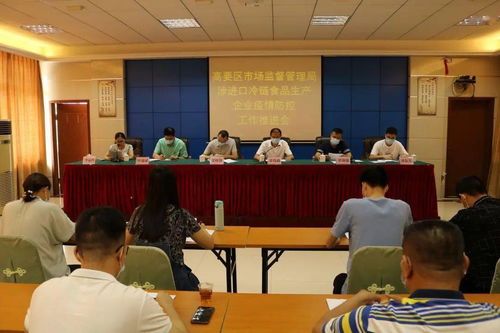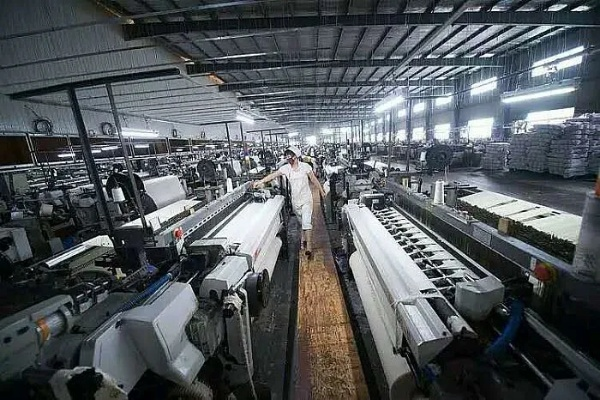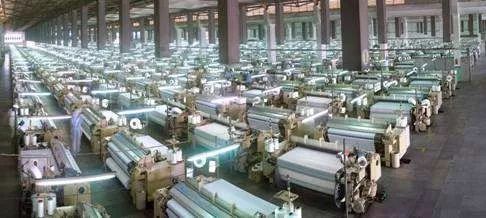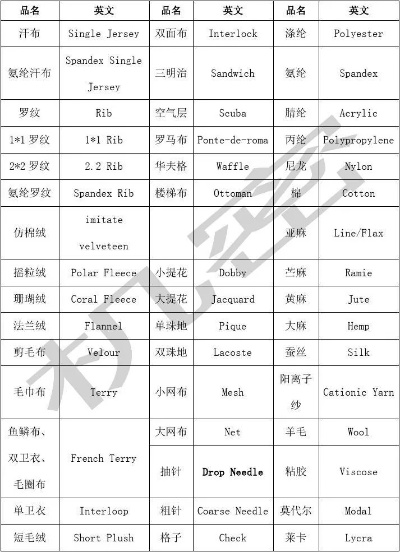The Dynamics of Textile and Apparel Exports:A Comprehensive Analysis
This study explores the dynamics of textile and apparel exports, analyzing the factors that influence their growth and competitiveness. The data used in this analysis includes export volumes, prices, and trade relationships between countries. The findings suggest that while there has been a significant increase in export volumes, the quality and diversity of products are also crucial for success. Additionally, the study highlights the importance of international trade agreements and the role of technology in enhancing competitiveness. Overall, the dynamic nature of textile and apparel exports requires ongoing monitoring and adaptation to changing market conditions.
Introduction: The global textile and apparel industry is one of the most significant economic sectors, contributing significantly to international trade. This industry encompasses a wide range of products including fabrics, garments, accessories, and home furnishings. The export of these products plays a crucial role in promoting economic growth, job creation, and cultural exchange. In this article, we will explore the trends and challenges associated with the export of textile and apparel products, using data from various sources and case studies to illustrate the dynamics of this vital industry.
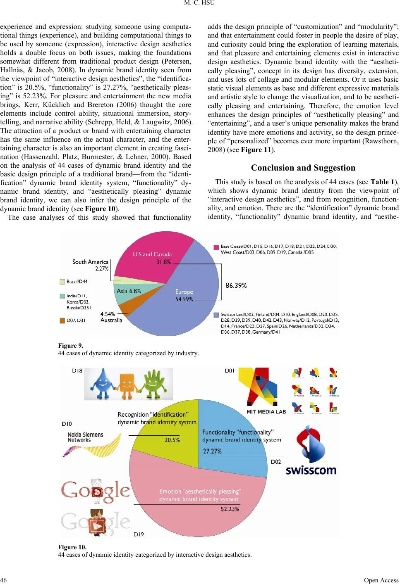
Export Proportions: According to the World Trade Organization (WTO), the global textile and apparel industry contributes approximately $1.5 trillion to global exports each year. This figure represents about 7% of global merchandise exports. The export figures are influenced by several factors, including fluctuations in global demand, changes in trade policies, and technological advancements.
One of the key drivers of textile and apparel exports is consumer demand. As income levels rise, consumers tend to spend more on luxury goods, including high-end fashion and designer clothing. This trend has led to an increase in demand for high-quality textiles and apparel, driving up prices and encouraging companies to invest in new technologies and processes to maintain competitiveness.
Another factor that influences export figures is the changing geopolitical landscape. For example, China's rapid growth as a manufacturing hub has led to increased competition with other countries for export markets. This has led to a shift in focus towards developing new markets and exploring new export opportunities.
In addition to global demand and geopolitical factors, technological advancements have also played a significant role in shaping the export landscape of the textile and apparel industry. Advances in automation and robotics have made it possible for companies to produce higher quality products at lower costs, leading to increased export volumes. Similarly, the use of digital marketing and e-commerce platforms has enabled companies to reach a wider audience, increasing their sales and export figures.
However, despite these positive trends, there are also challenges associated with the export of textile and apparel products. One major challenge is the issue of sustainability. Many consumers are becoming increasingly aware of the environmental impact of textile production, leading to a growing demand for sustainable and ethically produced products. Companies must therefore adopt sustainable practices to meet this growing demand and avoid negative consequences on their reputation and profitability.
Another challenge is the issue of trade barriers. Some countries impose tariffs or import restrictions on foreign textiles and apparel, which can hinder export growth. Companies must therefore carefully navigate these barriers and seek alternative export routes to maximize their sales.
Case Study: One example of the dynamic nature of the textile and apparel export industry is the case of Zara. The Spanish fashion retailer has become one of the world's largest exporters of women's clothing, with sales figures reaching $10 billion annually. Zara's success can be attributed to several factors, including its focus on innovation, customer-centric design, and efficient supply chain management.
Zara's innovative approach to fashion has helped it stay ahead of the curve in a rapidly evolving market. The company's ability to adapt to changing trends and consumer preferences has allowed it to launch new collections quickly and effectively. Additionally, Zara's focus on customer-centric design has led to a loyal customer base that continues to buy from the brand.
Furthermore, Zara's efficient supply chain management has played a crucial role in its success. The company's ability to source materials from around the world and quickly transform them into finished products has helped it stay competitive in a highly competitive market.
Conclusion: The export of textile and apparel products is a complex and dynamic industry that is shaped by a variety of factors, including global demand, geopolitical factors, technological advancements, and sustainability concerns. While there are challenges associated with the export of these products, companies must remain innovative, customer-centric, and focused on sustainable practices if they want to succeed in today's competitive market. By understanding the dynamics of this industry and embracing new opportunities, companies can continue to grow and expand their exports while meeting the needs of consumers around the world.
随着全球贸易的不断发展,出口纺织品服装产品在全球贸易中的地位日益重要,本篇文章将围绕出口纺织品服装产品比例这一主题展开讨论,并通过图表和案例分析来详细说明。
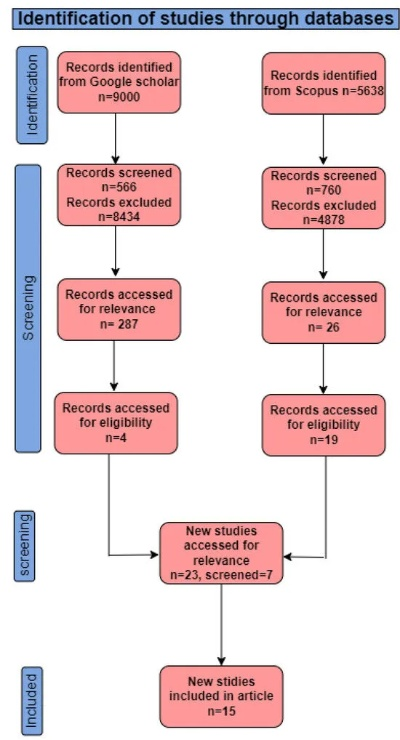
出口纺织品服装产品比例概述
根据最新的市场数据,出口纺织品服装产品在全球纺织品服装出口中的比例逐年上升,这一趋势表明,纺织品服装作为全球贸易的重要领域,其出口市场不断扩大,发展前景广阔。
出口纺织品服装产品比例的构成
- 纺织原材料:出口纺织品服装产品的主要原材料包括棉、麻、丝、毛等天然纤维以及合成纤维,天然纤维占据主导地位,特别是在亚洲地区。
- 产品类型:出口纺织品服装产品主要包括女装、男装、童装等各类服装,女装和男装是出口的主要产品类型,占据市场份额较大。
- 地区分布:不同地区的出口纺织品服装产品比例存在差异,欧洲地区以高品质、高附加值的产品为主,北美地区则以时尚、潮流的产品为主。
案例分析
以某知名纺织品出口企业为例,其出口纺织品服装产品的比例情况如下:
- 纺织原材料:该企业主要采用高品质的天然纤维如棉、麻等作为主要原材料,同时也有部分合成纤维产品的出口,这些原材料主要来源于国内外优质供应商。
- 产品类型:该企业主要出口各类女装、男装、童装等纺织品服装产品,其中女装和男装是其主要出口产品类型,该企业还注重产品的时尚性和功能性,以满足不同客户的需求。
- 出口市场:该企业在全球范围内拥有广泛的销售网络和客户群体,主要销售市场包括欧美、东南亚等地区,通过不断优化产品设计和营销策略,该企业成功提高了出口纺织品服装产品的市场份额。
图表补充说明
以下是关于出口纺织品服装产品比例的图表补充说明:
(请在此处插入图表)
从图表可以看出,不同地区的出口纺织品服装产品比例存在差异,亚洲地区的出口纺织品服装产品比例逐年上升,欧洲地区则以高品质、高附加值的产品为主,不同产品的出口比例也存在差异,例如女装和男装是主要出口产品类型,童装等其他产品也在逐渐扩大其市场份额。
出口纺织品服装产品在全球贸易中的地位日益重要,其比例也在逐年上升,不同地区的出口纺织品服装产品比例存在差异,主要取决于当地的经济发展水平和市场需求,企业需要不断优化产品设计和营销策略,以满足不同客户的需求,提高出口纺织品服装产品的市场份额,随着全球贸易的不断发展和科技进步,出口纺织品服装产品将会继续保持其重要的地位。
Articles related to the knowledge points of this article:
Transforming the Local Economy with Seamens Textiles:A Success Story
The Dianan Needle and Textile Wholesale Market Address
Exploring the Price Landscape of Shuzhi Ke Textiles:A Comprehensive Analysis
